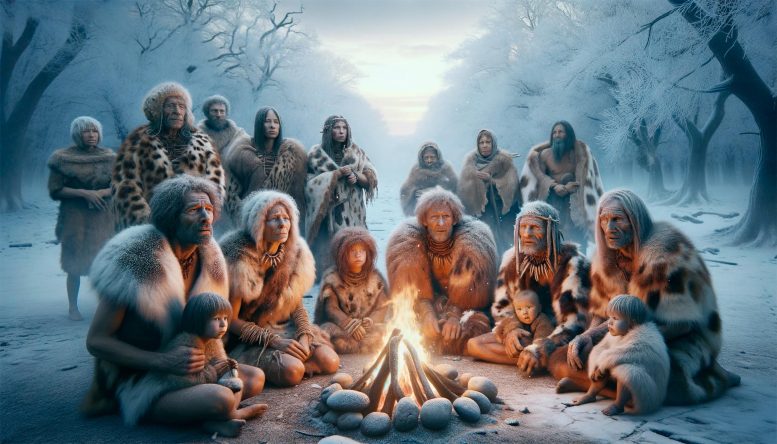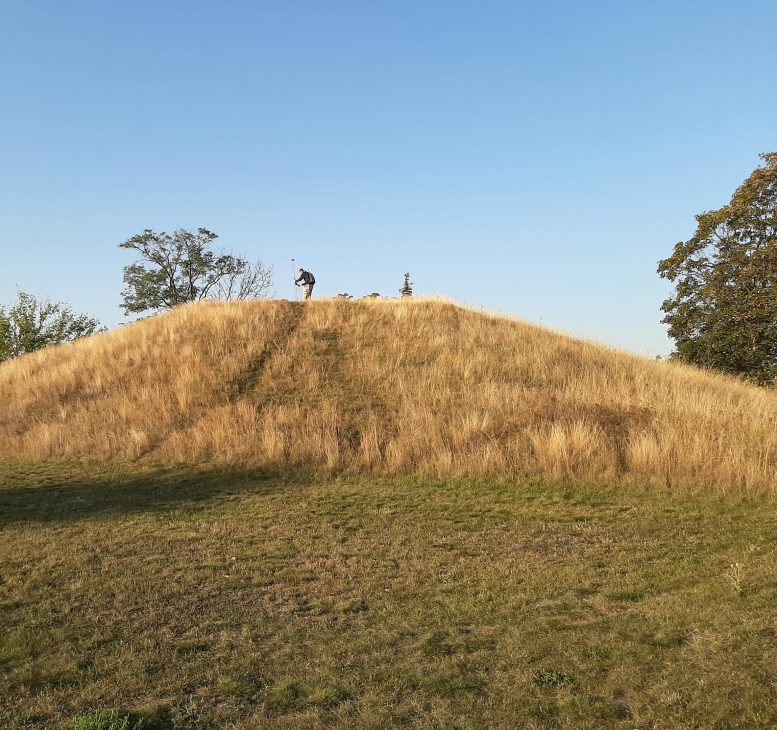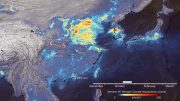
A new study delved into the relationship between climate change and human populations in Neolithic Europe. Analyzing archaeological and geological data from Central European regions, the research found that warm and wet periods led to population growth, while cold and dry times often resulted in population declines and cultural shifts.
Harsher European climates were associated with decreased populations and increased social inequality.
Human populations in Neolithic Europe fluctuated with changing climates, according to a study published on October 25, 2023, in the open-access journal PLOS ONE by Ralph Großmann of Kiel University, Germany, and colleagues.
Archaeological Insights
The archaeological record is a valuable resource for exploring the relationship between humans and the environment, particularly how each is affected by the other. In this study, researchers examined Central European regions rich in archaeological remains and geologic sources of climate data, using these resources to identify correlations between human population trends and climate change.

The Schneiderberg near Baalberge (Saxony-Anhalt, Germany) is a burial mound built in the Neolithic period which was enlarged several times. One extension took place around 2000 BCE and contained a strikingly richly furnished burial. It is one of a whole series of burials of this kind in the region around the Harz Mountains, dating from a period of unfavorable climatic conditions. The linking of data on demographic development with regional climate data and actual archaeological finds in the study provides new insights into the interconnectedness of climate fluctuations and social changes in Central Europe between 5500 and 3500 years ago. Credit: Johannes Müller, CC-BY 4.0
The three regions examined are the Circumharz region of central Germany, the Czech Republic/Lower Austria region, and the Northern Alpine Foreland of southern Germany. Researchers compiled over 3400 published radiocarbon dates from archaeological sites in these regions to serve as indicators of ancient populations, following the logic that more dates are available from larger populations leaving behind more materials.
Climate data came from cave formations in these regions which provide datable information about ancient climate conditions. These data span 3550-1550 BC, from the Late Neolithic to the Early Bronze Age.
Key Findings
The study found a notable correlation between climate and human populations. During warm and wet times, populations tended to increase, likely bolstered by improved crops and economies. During cold and dry times, populations often decreased, sometimes experiencing major cultural shifts with potential evidence of increasing social inequality, such as the emergence of high-status “princely burials” of some individuals in the Circumharz region.
These results suggest that at least some of the trends in human populations over time can be attributed to the effects of changing climates. The authors acknowledge that these data are susceptible to skewing by limitations of the archaeological record in these regions, and that more data will be important to support these results. This type of study is crucial for understanding human connectivity to the environment and the impacts of changing climates on human cultures.
The authors add: “Between 5500 and 3500 years ago, climate was a major factor in population development in the regions around the Harz Mountains, in the northern Alpine foreland, and in the region of what is now the Czech Republic and Austria. However, not only the population size, but also the social structures changed with climate fluctuations.”
Reference: “Demographic dynamics between 5500 and 3500 calBP (3550–1550 BCE) in selected study regions of Central Europe and the role of regional climate influences” by Ralph Großmann, Mara Weinelt and Johannes Müller, 25 October 2023, PLOS ONE.
DOI: 10.1371/journal.pone.0291956









Yep. Colder is worse for us. People originally had to deal with a significantly colder climate. Civilization only kicked in when climates warmed to maybe around where it is now. “Global greening” is real, and the easier lives a warmer climate gives us could benefit all of humanity. Change is scary, but it’s also inevitable. Hopefully we learn what we’re doing, how to control what we do, and how to control what we can’t yet. If we do, a bit warmer than now would be better.
For a nice quick chart, try XKCD’s “Earth Temperature Timeline”. The data is imperfect, some studies disagree completely with sections (eg. 10,000 BCE, Markott 2013), the last 30 years is graphed a little silly, and it starts in the Pleistocene ending with the lowest temperature Earth’s surface ever had, but it’s nice.
This study is interesting because of that specific time period chosen, with the impact of cooling maybe half a degree, and human populations we can imagine.